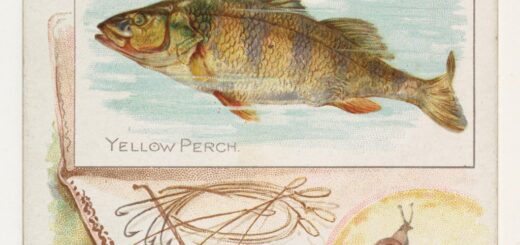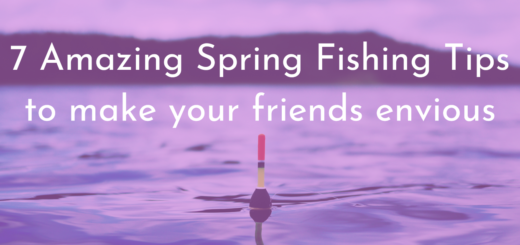The Forgotten Power of a Lunar Fishing Calendar is Guaranteed to Astonish You!!
It is possible to forecast when fish will eat and when they will not. Fish are more accessible during certain tide levels because they move about. But what if you travel to a certain site, inshore, nearshore, or offshore? Can you forecast the bite within a 90-minute period—and do it repeatedly with a lunar fishing calendar?
Tides, barometric pressure, wind, storms, water temperature, and bait migration are all factors that influence fish feeding. However, one consistent marker is the lunar fishing calendar, which predict feeding times in a 24-hour cycle. Many fisherman ignore the tables, but those who do frequently catch more fish.
What is a lunar fishing calendar, exactly?
To put it another way, they are predictions of animal behavior based on the moon’s location. When the moon is directly overhead or under the Earth, there is a lot of activity. When the moon is rising or setting, there is less activity.
Lunar fishing calendars anticipate four feeding intervals per 24 hours—two Major and two Minor—corresponding to the moon’s and, to a lesser extent, the sun’s positions relative to Earth. The major -periods, which are the longest, last between 60 and 90 minutes. When the moon is overhead, a Major happens, and when it is opposite, a Minor occurs. Minor activity onslaughts happen when the moon is halfway between these two Majors. These feedings are just as powerful as Majors, but they last a lot less time, usually between 30 and 45 minutes.

Are they effective?
Animals certainly have phases of activity and inactivity that are tied to the moon, according to a large body of evidence. It’s a common sight at our bird feeders. It’s something that many deer hunters swear by. While fishing the bites might be off the charts if a Major or Minor aligns with a sunrise or sunset. The same is true when the moon is going from its full phase to its dark phase (new moon).
The lunar fishing calendar isn’t perfect, and it doesn’t keep time as well as a watch. To compensate for the effects of these timings, it’s a good idea to budget for a significantly larger solunar window at your sites.
Strong fronts, which can push bait and gamefish away from a location, significant rainfall or the dumping of fresh water into estuaries, erratic barometers linked with fronts and storms, or intense angling pressure are all factors that might affect the timing of peak times. Peak lunar fishing calendars, on the other hand, are frequently accurate when the weather is consistent.
Here are a few links to lunar fishing calendars. You can input your location to get details specific for your area.



Recent Comments